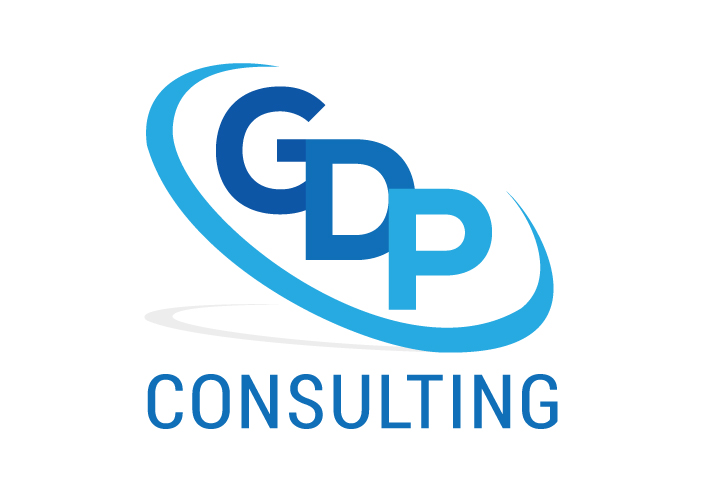Introduction
 Sometimes strategic plans are nothing more than paper exercises completed to fulfill regulatory requirements. Other times plans are developed to please someone on the board who believes in goal setting and performance measurement. In this case, when the plan is developed board members breathe a sigh of relief and the board goes back to its normal way of operating. If one asked the board members to write down the vision, mission or goals without referring to the plan, they would be unable to do so. What conditions need to exist to render a strategic plan useless? This article outlines 10 such situations.
Sometimes strategic plans are nothing more than paper exercises completed to fulfill regulatory requirements. Other times plans are developed to please someone on the board who believes in goal setting and performance measurement. In this case, when the plan is developed board members breathe a sigh of relief and the board goes back to its normal way of operating. If one asked the board members to write down the vision, mission or goals without referring to the plan, they would be unable to do so. What conditions need to exist to render a strategic plan useless? This article outlines 10 such situations.
1. Very Little Involvement or Buy-in
In this situation, the strategic plan is developed by the CEO, the CEO and the board chair, the board chair or by an external consultant. This situation is reversed only when the board members participate in the process and the plan reflects decisions of the full board.
2. Poor Evidence
A plan is unlikely to be followed if it is based on sound data gleaned from a thorough scan of the board’s internal and the external environments. This situation is remedied if personal opinions or personal priorities are substantiated by reliable evidence.
3. Unrealistic Expectations
When the mission, goals and objectives are not realistic and achievable within current resources unrealistic expectations are set and failure is probable. A strategic plan is not a wish list. Therefore, it is essential for the board to ensure that all outcomes can be accomplished within the entity’s resource envelope.
4. Outside the Board’s Sphere of Control
When the goals and objectives state outcomes or outputs which are outside the board’s mandate or sphere of control it is very unlikely that success will be realized. Therefore, it is vital for each board to recognize that they cannot accomplish what they cannot control. Where necessary, they can, however, approach those entities which do have the mandate to achieve the desired outcomes and negotiate partnerships.
5. Unrealistic Timeframes
Change occurs rapidly; therefore, it is often unrealistic for a board to make plans to far into the future. A board will have more success if they focus on goals which can be accomplished within a three– or four-year timeframe, or within their tenure.
6. No Action Plans
When the objectives in strategic plans are not translated into action plans with assigned responsibilities, there can be many kinds of fallout such as the following
- No one takes responsibility for the achievement of the objective
- Everyone blames someone else for lack of action
- Needed human resources are not assigned
- Essential financial resources are not allocated, or
- No is sure what actions are needed and whose office has the authority to fulfill the actions.
Also, key players may change throughout the life of a plan. As a result, the mission, goals and objectives may be interpreted in different ways. The original intent is preserved only when the objectives are translated into clear action plans which allocate work-time, stipulate time-frames and deadlines, name responsible persons, outline budgets, and describe the outputs expected.
7. Lack of Board Ownership
In this case, the accountability for achieving the goals and objectives is assigned to the CEO. However, if the plan is truly a governance plan, the accountability is not assigned to the CEO. The CEO may only be assigned responsibility for achieving aspects of the plan on behalf of the board. The board ensures that it remains fully accountable for outputs and outcomes at all times.
8. The Plan Is Not an Agenda Item
A common oversight by certain boards is that they do not focus on the strategic plan in each of their meetings. As the accountable body, it is vital for each board to ensure that one of the priority items on its agenda is the progress being made toward the achievement of the objectives, goals and mission stated in their plan. The board is ready to make the decisions necessary to ensure success.
9. The Board Shifts Priorities
When the board shifts priorities from those stated in the strategic plan, the plan is rendered useless. The board creates a very extremely difficult situation for the CEO when it states one set of outcomes in its plan and then proceeds to establish another set of priorities. Before establishing a new priority, it is vital for the board to ensure it is in harmony with the strategic plan. It is also critical to ensure the entity has the resources to fulfill the new priorities as well as those published in the plan.
10. The Strategic Plan is disconnected from the Reporting Process
In this situation, the board’s annual report does not state the result obtained based on the strategic plan. Anybody can make up an annual report. It takes a conscientious board to develop and implement a plan, accept responsibility for the results attained, and report those results to its legal and/or moral owners.
There are ways to render a strategic plan useless. However, there are ways to remedy the situation. If a board develops a plan it is essential to provide the necessary resources to implement it, and report the results attained.
If your board has finds strategic planning cumbersome or difficult Download this easy to use guide and make their lives easier. If you need a fully prepared training guide access one now.
